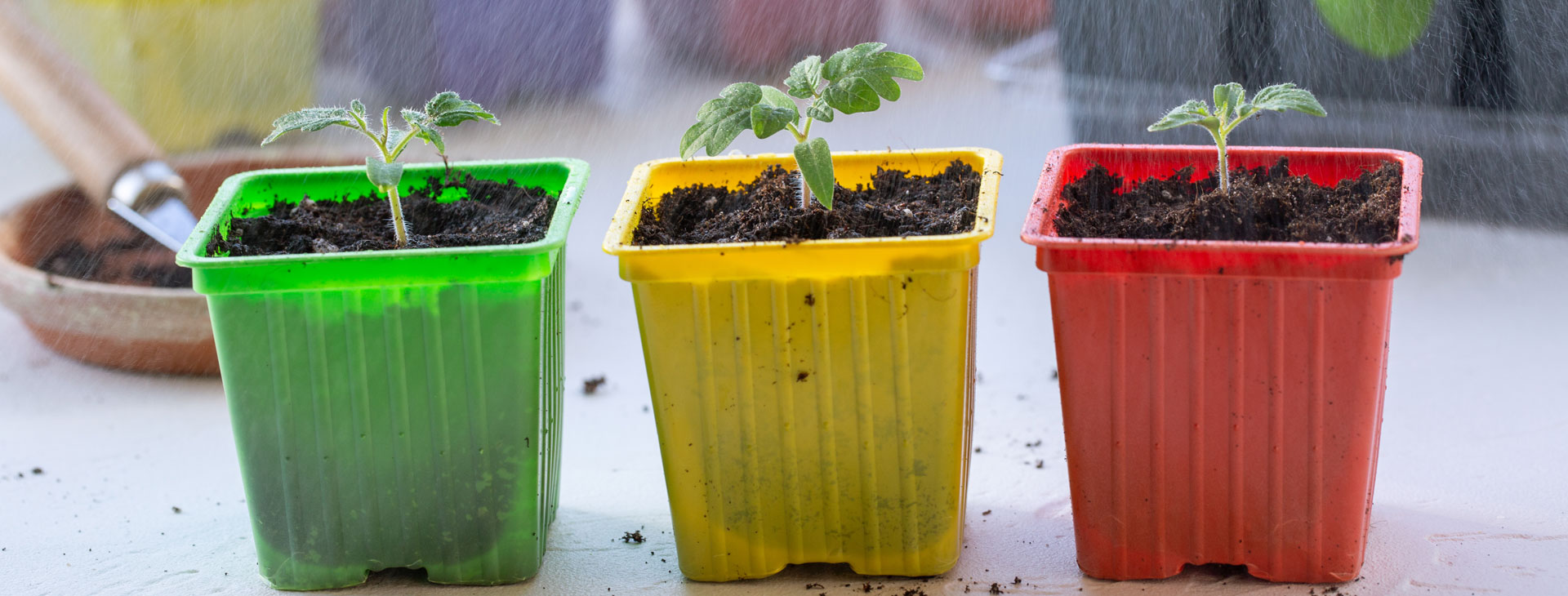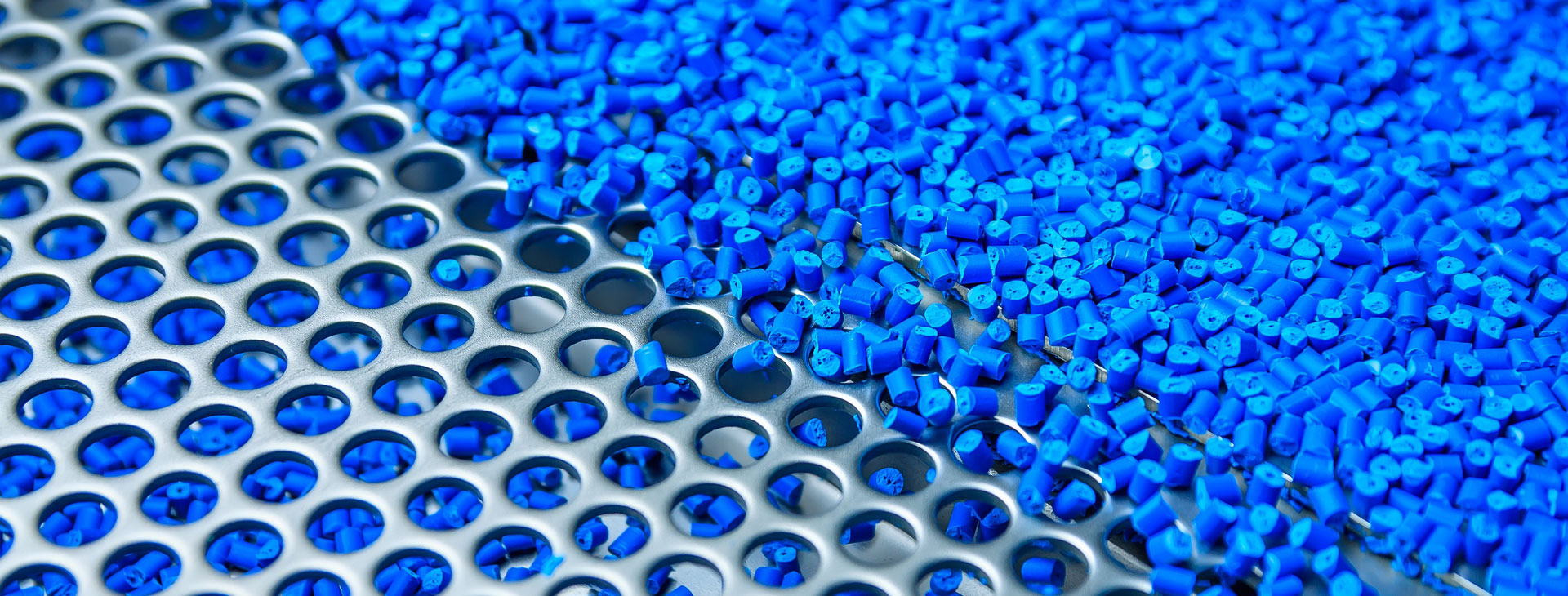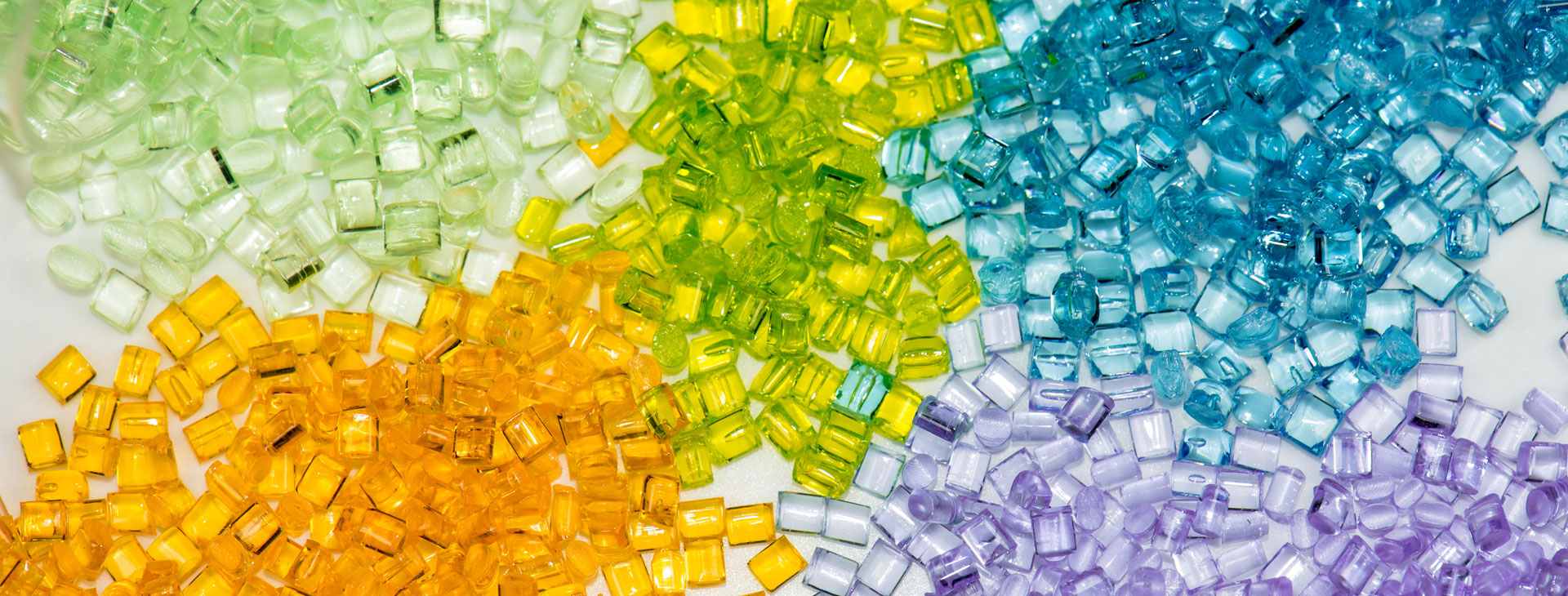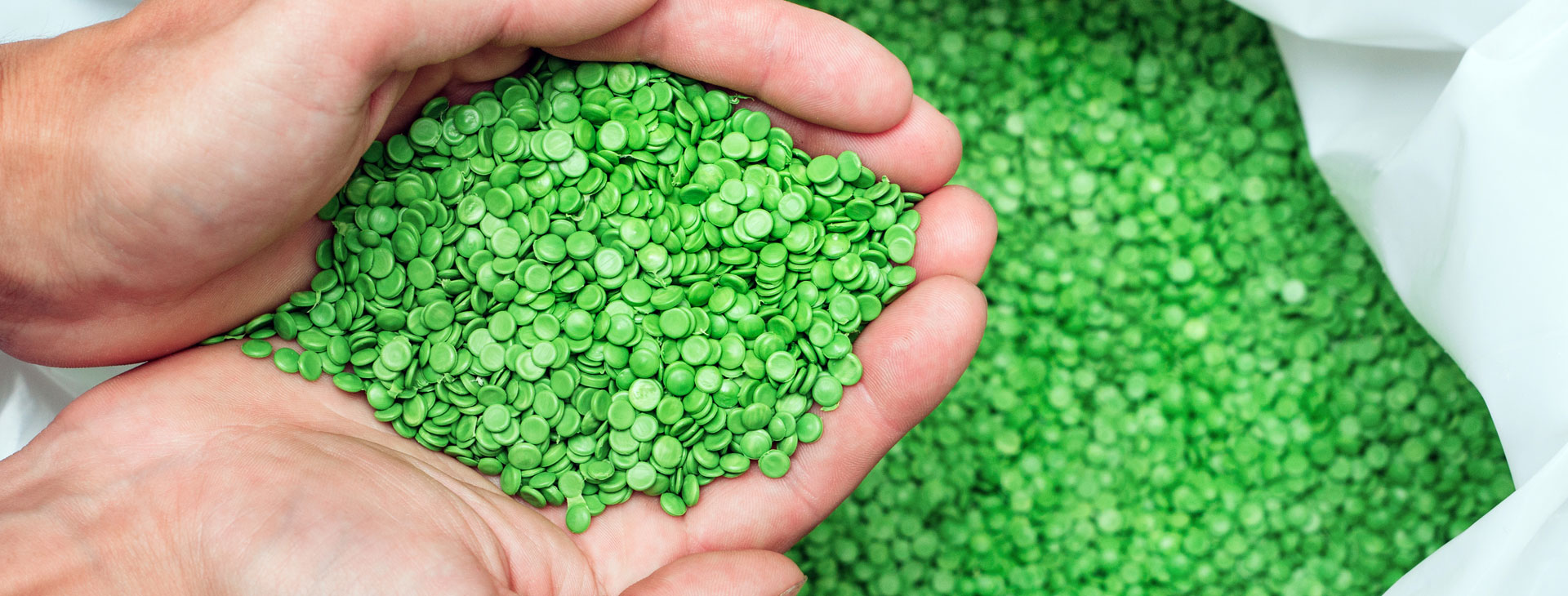




Phone: (914) 381-2400E-Mail: customerservice@marvalindustries.com
 Marval Industries, Inc. offers expertise in integrating flame retardants and heat stabilizers within the plastics industry. In the heart of New York's bustling industrial sector, we stand out as a leader in plastic compounding NY, providing innovative solutions that enhance the safety and durability of plastic products through flame retardants and heat stabilizers. These additives are crucial for ensuring safety, meeting regulatory requirements, and improving the durability of plastic products. Flame retardants reduce fire risks by lowering the chance of ignition and slowing down the burning process. Heat stabilizers protect against thermal degradation, which is essential for materials like PVC. By combining these technologies, Marval Industries ensures that plastic products adhere to safety standards and maintain their physical and mechanical properties over time.
Marval Industries, Inc. offers expertise in integrating flame retardants and heat stabilizers within the plastics industry. In the heart of New York's bustling industrial sector, we stand out as a leader in plastic compounding NY, providing innovative solutions that enhance the safety and durability of plastic products through flame retardants and heat stabilizers. These additives are crucial for ensuring safety, meeting regulatory requirements, and improving the durability of plastic products. Flame retardants reduce fire risks by lowering the chance of ignition and slowing down the burning process. Heat stabilizers protect against thermal degradation, which is essential for materials like PVC. By combining these technologies, Marval Industries ensures that plastic products adhere to safety standards and maintain their physical and mechanical properties over time.
Flame retardants are crucial in the plastic industry due to regulatory requirements and the essential safety they provide by reducing the risk of fire-related incidents. Their primary function is to decrease the likelihood of ignition, the rate of burning, and smoke generation in plastics. These organic or inorganic additives are categorized into reactive and additive types. Reactive flame retardants chemically bond with the polymer, while additive types mix physically without forming chemical bonds.
Heat stabilizers protect plastics from thermal degradation during processing and throughout their lifecycle, which is particularly important for PVC and similar materials. These stabilizers are classified into primary and secondary categories. Primary heat stabilizers prevent dehydrochlorination, and secondary stabilizers act on liberated HCl to prevent further degradation.
Secondary heat stabilizers or costabilizers work with primary stabilizers to enhance performance and prevent discoloration. Examples include organophosphates and epoxy compounds.
Combining flame retardants and heat stabilizers in plastic formulations is vital for achieving the desired safety and performance characteristics. For example, flame retardants often degrade the physical properties of the polymers they are added to; however, the correct choice and combination of heat stabilizers can mitigate some of these negative effects, leading to a balanced material that meets regulatory standards and maintains desirable physical properties.
By understanding the roles and types of each additive, manufacturers can formulate plastics that are not only resistant to fire and heat but also maintain the necessary mechanical and physical characteristics for their intended uses. Partner with the best plastic compounding NY offers for the best, safest, and most practical plastic.